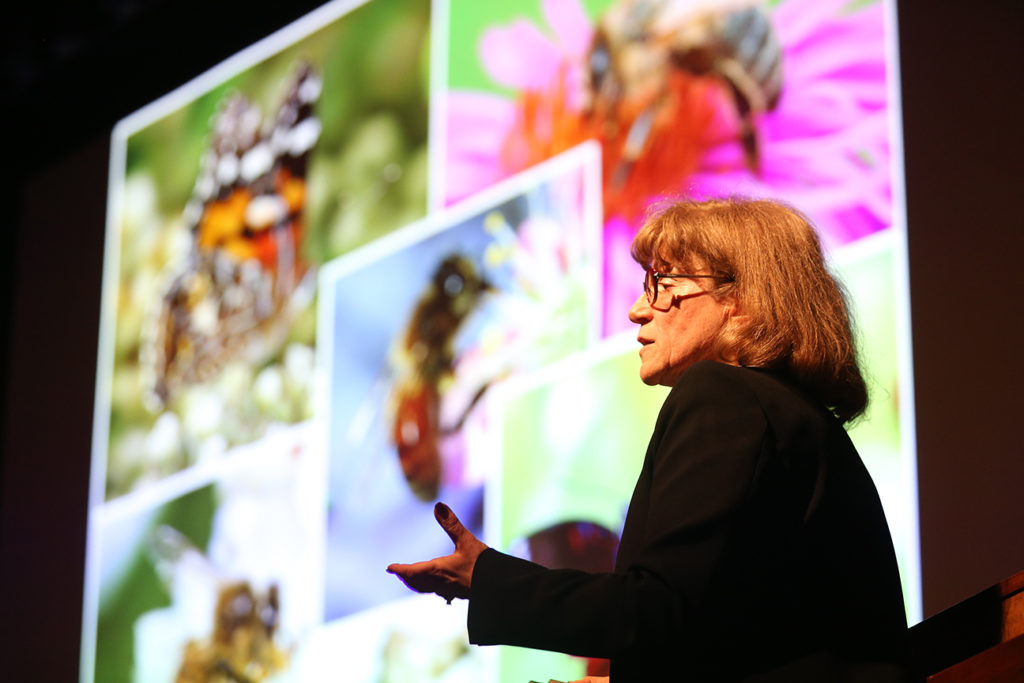Plant pathways that help people and planet
 Plants produce phenylalanine, an essential amino acid used in defense, growth and development, as well as to produce the aromatics that attract pollinators. People and animals don’t produce phenylalanine but need it to live, getting it from plants in our diets.
Plants produce phenylalanine, an essential amino acid used in defense, growth and development, as well as to produce the aromatics that attract pollinators. People and animals don’t produce phenylalanine but need it to live, getting it from plants in our diets.
Phenylalanine is also used to produce fragrances, biofuels, insecticides and pharmaceuticals. Some evidence indicates that phytochemicals derived from phenylalanine could be used in treatments for cancer, pain, depression and Parkinson’s disease.
But obtaining large quantities of phenylalanine isn’t easy. Plants make a little at a time, and the regulatory pathways that control production are located in a plant’s plastids, or organelles, and are difficult to modify.
Natalia Dudareva, distinguished professor in the Department of Biochemistry and researcher in the Purdue Center for Plant Biology, may have a solution. She and her collaborators have identified all of the genes and proteins involved in a second pathway plants use for phenylalanine production. This pathway, located in plants’ cytoplasm, is more loosely regulated and will make boosting production of phenylalanine simpler.
“Plants that are damaged need to produce phenylalanine quickly to repair themselves, and this pathway allows for that,” Dudareva says. “When production happens in the cytoplasm, you have fewer barriers to overcome.”
Purdue Agriculture, 615 Mitch Daniels Blvd, West Lafayette, IN 47907-2053 USA, (765) 494-8392
© 2024 The Trustees of Purdue University | An Equal Access/Equal Opportunity University | USDA non-discrimination statement | Integrity Statement | Copyright Complaints | Maintained by Agricultural Communications
Trouble with this page? Disability-related accessibility issue? Please contact us at ag-web-team@purdue.edu so we can help.
